VHR Remote Sensing for Impervious Surface Estimation
- European Space Imaging
- 10 May, 2019
Tobias Leichtle from DLR investigates how WorldView-2 very high resolution satellite imagery sourced from European Space Imaging can be used for impervious surface estimation.
Urbanization and population growth have led to an increasing demand for land resources worldwide. This global process of land transformation is not only persistent in highly dynamic urban areas in developing countries, but also in cities of the Western world. The exponential increase of impervious surfaces for the establishment of settlements and transport infrastructure yields negative consequences in many domains, such as increased surface runoff and flood risk, decreasing groundwater recharge, or intensification of the urban heat island effect. Thus, exact and area-wide estimation of impervious surfaces is of high value and must be repeated regularly in order to provide up-to-date information. In this regard, very high resolution (VHR) remote sensing data offers a cost-effective solution for area-wide surveying and monitoring of impervious surfaces.
Traditional approaches for estimation of imperviousness are mostly based on aerial surveys, which are collected on demand at a high data cost. This data is commonly analysed by visual interpretation of the imagery which is also very time and labor consuming.
In contrast, modern space-borne earth observation systems provide data with very high spatial resolution of up to 30 centimeters and offer aerial-like capabilities for mapping of the land surface.
State of the art techniques for semi-automatic image interpretation can be employed on these data in order to reduce temporal efforts for image analysis.
Against this background, the Company for Remote Sensing and Environmental Research (SLU) together with the German Aerospace Center (DLR) developed an innovative product on impervious surfaces based on VHR remote sensing imagery. This was accomplished within the BMBF-funded project EO-CITI (Earth Observation for Monitoring Impervious Surfaces and Urban Structure in Cities, grant no. 033LK001A and 033LK001B). Suitable remote sensing imagery with very high spatial resolution was provided by European Space Imaging. The utilised WorldView-2 imagery offers 8 multi-spectral bands in the visible and near infrared region of the electromagnetic spectrum and a ground resolution of 50 centimeters.
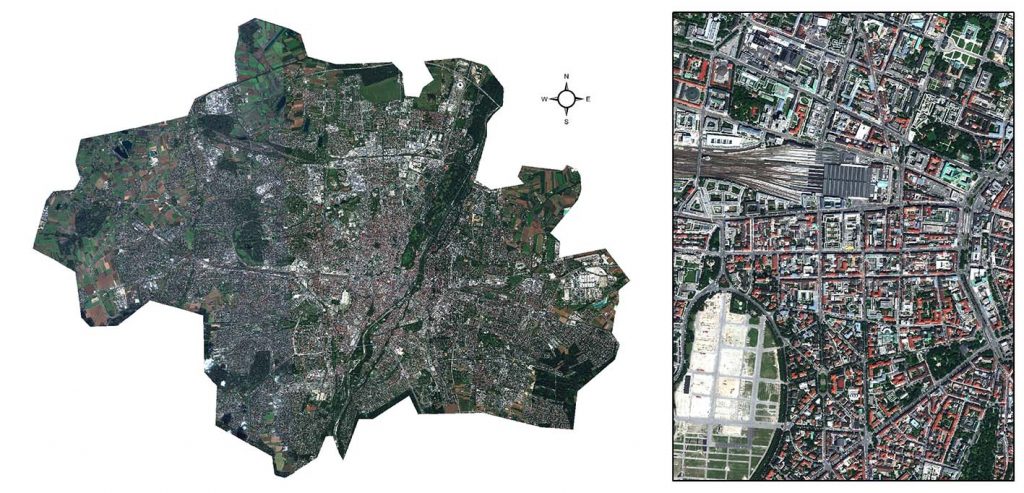
Figure 1: WorldView-2 imagery from the city of Munich.
In urban environments, image analysis is challenging since different surface materials are concentrated in a heterogeneous and highly complex manner. In this context, the VHR imagery with 50 centimeters spatial resolution enables proper recognition and identification of individual objects. This allows the classification of pure pixels with regard to imperviousness, which is realized in an object-based image analysis (OBIA) approach. Subsequent to georeferencing, atmospheric correction as well as radiometric enhancement, spectral, textural and contextual features are calculated based on a multiresolution segmentation in the Trimble® eCognition® Developer software. These features are fed into a transferable knowledge-based classification tree in order to identify land cover with respect to different surface materials and subsequent binary classification of pervious and impervious surfaces.
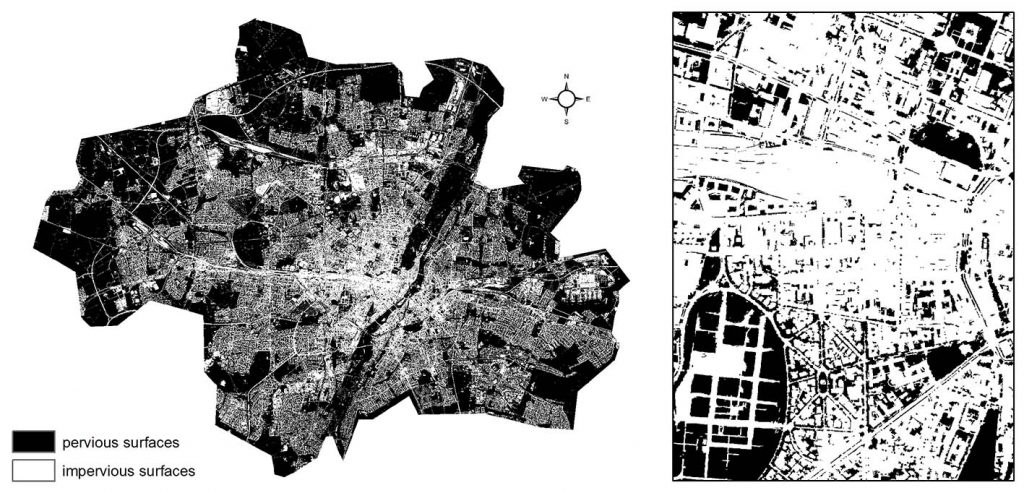
Figure 2: Impervious surfaces product for the city of Munich.
The derived product illustrates that the OBIA classification of the WorldView-2 imagery with 50 centimeters spatial resolution offers a wealth of detail with regard to the characterization of impervious surfaces. This innovative product of imperviousness was validated against a traditional product based on a visual interpretation of an aerial survey provided by the city municipality of Munich. The VHR OBIA classification provides estimations of imperviousness with a Root Mean Square Error (RMSE) of 8.2 % compared to official data.
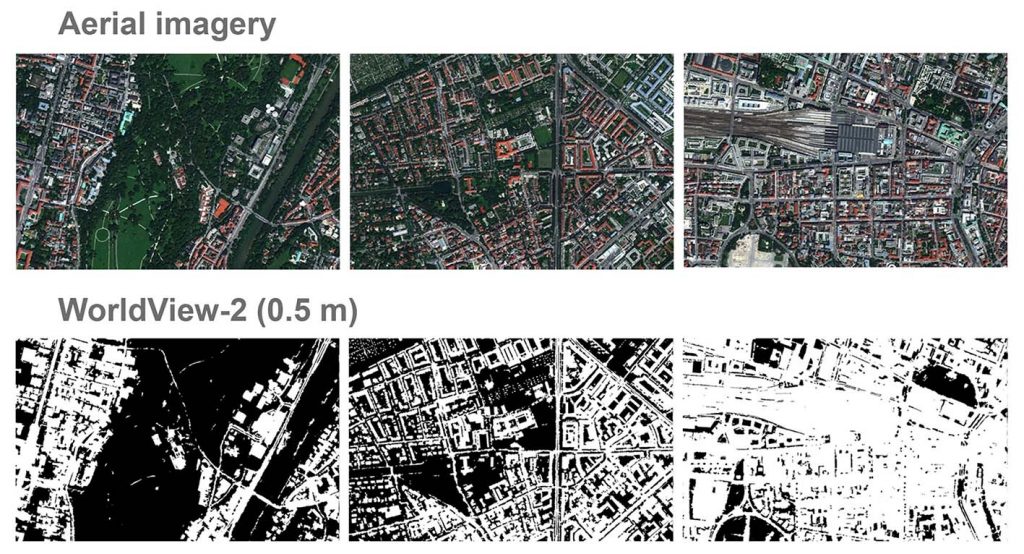
Figure 3: Comparison of aerial imagery and the derived product on imperviousness based on WorldView-2 imagery.
In practice, this product on imperviousness can be utilised by users from different domains. For example, administrations of cities, municipalities, or countries can employ this information for an objective documentation and monitoring of land consumption in order to support land management and political decision-making. In addition, it supports urban planning of public authorities as well as private companies like construction companies or planning offices. For example, rainwater treatment in terms of the proper dimensioning of the sewer network in general or flood risk management in case of heavy rain is a common field of application. Furthermore, the degree of imperviousness is an important driver of the urban heat island effect and thus, accurate spatial information provides assistance for the avoidance or the introduction of countermeasures of hotspots of urban heat. In order to ensure high usability and flexibility of the derived information product, the impervious surface estimates are provided as raster data in standard formats that can be used with any commercial or open source geographic information system (GIS) or any other image processing platform.
Another asset of this product on impervious surfaces, is that the cost can be reduced by half when using VHR remote sensing imagery with up to 30 centimeters compared to traditional aerial surveys.
In addition, semi-automated OBIA methods for the analysis of VHR data offer great potential for savings through the reduced effort of data processing.
About the Author
Tobias Leichtle received his B.Sc. degree in geography from the Ludwig-Maximilians-University Munich (Germany) and his M.Sc. degree in geospatial technologies from the University of Graz (Austria) in 2009 and 2013, respectively. He is a research scientist at the German Remote Sensing Data Center (DFD) within the German Aerospace Center (DLR) and pursues his Ph.D. at the Geography Institute of the Humboldt-University (HU) Berlin. Currently, he is working in several practice-oriented projects in close cooperation with the Company for Remote Sensing and Environmental Research (SLU). His research interests include the development of algorithms for change detection using very high resolution (VHR) remote sensing imagery as well as analysis of urban structure with focus on German and Chinese cities.
Related Stories
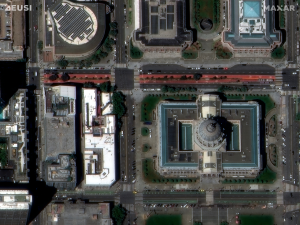
Maxar Intelligence Releases First Images from WorldView Legion as EUSI Prepares Munich Ground Station for European Downlink
Satellite Imagery © 2024 Maxar Technologies Provided by European Space Imaging Munich, Germany – Maxar Intelligence released the first images collected by the highly anticipated
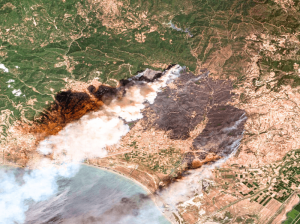
Satellite Imagery for Emergency Management
The use of satellite imagery for emergency response and management is invaluable. Both optical and SAR images help rescuers save lives when disasters happen, assist with damage assessments, and in many cases contribute to successfully preventing and predicting emergencies. Which events can be prevented? How exactly do first responders use satellite images? When are they better than other methods? We have summarised our 20+ years of experience in this article.
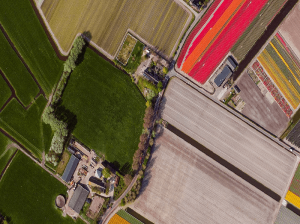
Satellite Imagery as a Valuable Tool for the New Common Agricultural Policy 2023–2027
On 1 January 2023, the new Common Agricultural Policy for years 2023–2027 entered into force. Hand in hand with the provided subsidies goes the necessity for monitoring and controls, which falls to the individual Member States. Therefore, an efficient, reliable, and cost-effective source of data is needed. Such source is Very High Resolution (VHR) satellite imagery. It allows you to conduct in-depth analysis of plant and soil conditions, map land use at wide scales with incredible detail and accuracy, and ensure that agricultural goals are being met.
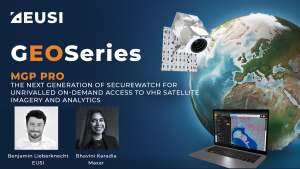
MGP Pro: The Next Generation of SecureWatch for On-demand Access to VHR Imagery
MGP Pro provides unrivalled coverage, quality and flexibility. Its subscribers can access over 3 million square kilometers of daily image collections, plus more than 6 billion sq km of archived imagery at up to 30 cm resolution.





